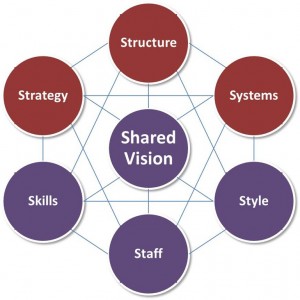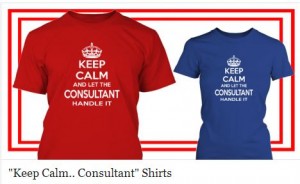But wait… There’s more!
Thanks to the work of marriage counsellor Dr. Gary Chapman, author of The 5 Love Languages, most of us understand that each of these acts of devotion is an expression of our unique love language, Chapman’s name for the unique ways we express love to each other—and seek to be loved.
Dr. Chapman’s original theory was borne out of his work with married Christian couples in the 1980’s and formalized in his 1992 book. Chapman’s work changed the way we think about relationships and has become part of the language that couples and counsellors depend on to talk about relationship dynamics. But the theory is also the product of a very different time, and a very limited and homogenous sample.
The original love language types laid out by Chapman are:
- Words of affirmation
- Physical touch
- Receiving gifts
- Acts of service, and
- Quality time
Is it time to update the list with some new thinking? Here is the start of a conversation.
Here is a quick summary of some new ideas by Elle, Malone and London.
———————-
A new 1: so 5 + 1 = 6
Shared experiences is a new addition to the love language universe. According to PureWow, people who have this love language prioritize creating special memories with the person they’re in a relationship with. They actively seek out adventures and memorable experiences that they want to share with their partner, and doing so makes them feel loved.
——————–
A new 7: SEVEN LOVE STYLES OVERVIEW
Truity’s new 7 Love Styles test measures your preferences in regards to the newly identified seven styles. Here’s the breakdown:
- Activity
People who focus on the Activity love style feel special and valued when their partner takes an interest in their hobbies and activities and makes an effort to enjoy hobbies and interests together.
2. Appreciation
People who focus on the Appreciation love style feel loved when their partner gives them compliments, praise and thanks. They appreciate hearing explicitly what their partner likes and admires about them.
3. Emotional
Those who focus on the Emotional love style feel loved when their partner connects with them and supports them through difficult and scary emotions. Being present for the highs and lows is very important to those with the Emotional love style.
4. Financial
People with the Financial love style feel loved when their partner is generous with resources and sees value in spending money to bring their partner pleasure and joy. This love style may be expressed through gifts or just making space in the family budget for your partner’s enjoyment.
5. Intellectual
People with the Intellectual love style like to connect through the mind. They feel loved when their partner values their intelligence, respects their opinion and thoughtfully discusses important issues.
6. Physical
People with the Physical love style feel loved when they receive physical affection—hugs, holding hands and snuggles. They want their partners to show they’re attracted to them and initiate loving touch.
7. Practical
People with the Practical love style feel loved when their partners chip in with everyday duties and responsibilities. They feel cared for when their loved ones do chores and offer help.
————————–
A new 3 – so 5 + 3 = 8
- Shared Travel
Traveling together is not the same as quality time. It’s about discovering something new for the first time together – be it adventure, taking risk, and sharing a new experience. Discovering a culture, trying unfamiliar cuisines, and being thrown into different situations together can both test and strengthen a relationship – bringing you closer, or equally shifting the relationship dynamic toward breaking point.
2. Healthy Debate
In a recent survey, Seeking discovered that PhD candidates receive 30% more interaction than any other degree type: “The fire of intellectual debate can fuel a relationship beyond its early stages, and make for a lasting, passionate connection that stands the test of time.”
3. Goal Sharing
This is a greater conversation surrounding modern dating, but it involves being in the position to both elevate your partner, and yourself through your relationship: “Be it emotionally, intellectually, or physically, it’s a love language that involves bettering your significant other in some way and gaining joy from seeing them succeed in their life and career when you have had a personal hand in it.”
Here are the source links:
https://www.glam.com/1230958/shared-experiences-your-guide-to-the-new-love-language/
https://www.truity.com/blog/new-research-shows-there-are-actually-seven-love-styles-not-five
https://www.glamourmagazine.co.uk/article/three-new-love-languages





